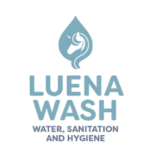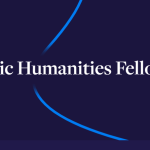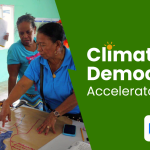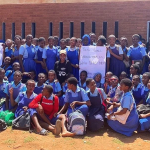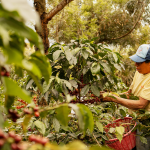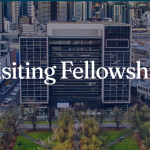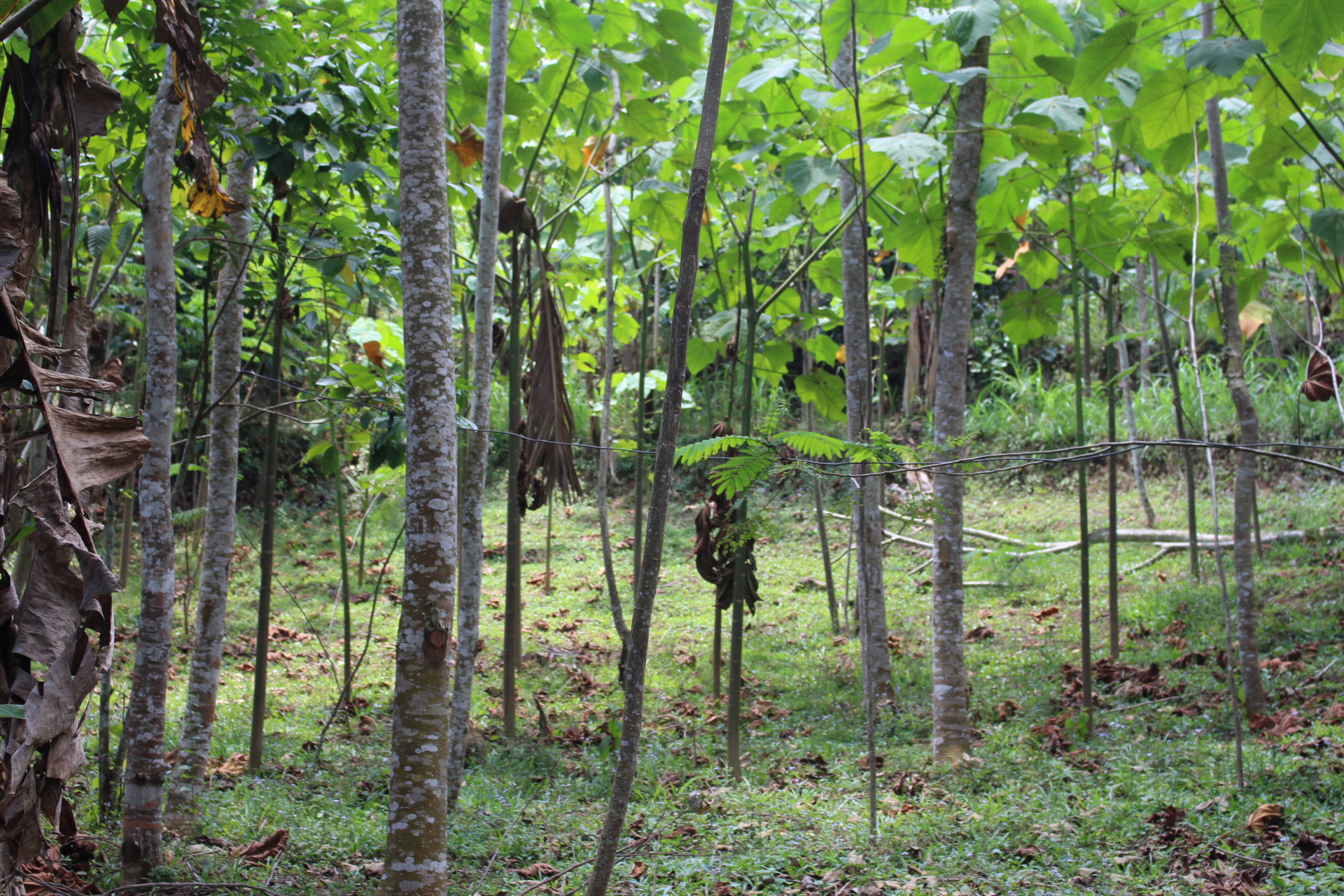By Happy Tarumadevyanto | Independent Consultant | Environmental Asia| happy.devyanto@environmental.asia
Happy Devyanto Image courtesy
Forest management and communities living in and around the forests are a unique relationshp and they have harmonious interaction. Good relationships between creatures in and around the forest have provided a good example for building an ecosystem that is environmentally friendly.
Forests, wildlife and community could not be separated since they are interdependence each other. They are giving benefits, having mutual connection one each other in this life cycle.
As case per case basis, it is evident that local communities within and around the forest would like to meet their daily needs that are dependent on the forests resources. Instead of forests, other potential natural resources, which are tangible and intangible, are an important part of fulfilling their lives.
Forests for either inland communities or non inland are their “world” or life. Therefore a commitment to safeguarding them grows its preservation for the sake of the existence and continuation of the forest itself, their lives and their relationship with nature and their God
Forest Farmers Group
Indonesia’s forests have become a potential natural resource for utilization since the time of the kingdom. This is proven by the existence of paintings of ships on one of the walls of Borobudur Temple which is said to have sailed to India and Mesopotamia (Simon, 2008). During the Soekarno era, forestry governance is decentralized.
Resource management forests based on community empowerment, is a form awareness to share roles, responsibilities as well share results. This system is known as Forest Resource Management Together with the Community or PHBM.
PHBM is an initiative of Perum Perhutani to involve village communities around the forest. Community Forest Management is a form of interpreting forests that they are related to society. In implementing PHBM, the social function comes to a strong agenda since the community is considered and involved in planning and implementing forest management.
Initially PHBM was Perum Perhutani’s effort to answer their social challenges. In various parts of the world, social challenges are one of the “magic” word and should be paid attention carefully in sustainable forest management.
Fact of PHBM Development
The PHBM initiative, started by Perum Perhutani, a State-Owned Enterprise, is well-known in Indonesia.
A forest management plan which is wellknown as Community Based Forest Management (PHBM) gives the opportunity to forests villagers living and around Forests [communities forests] a voice and allows them to function as the primary actors. Actually, from generation to generation, these kinds of projects have been ongoing for a very long period. Examples include imbo psako/parabukalo, forest restriction, and customary forest management practices.
These types all essentially seek to preserve the forest because it provides vitality to the local communities. Members of the community who disobey it will face the appropriate customary penalties. It’s just that the government doesn’t always support projects like these.
A social study that was developed in Perhutani’s area put the evidence that PHBM activities still face quite some challenges. Perhutani as the host of PHBM is considered to operate still profit-oriented business rather than paying and emphasizing attention to social aspects. Even though PHBM is intensely being developed and should be attentive to social aspects
The study approach uses case studies. Based on the research results show that LMDH (Lembaga Masyarakat Desa Hutan) is not significantly involved in planning community forest management (PHBM) programs.
Forest Village Community Institutions (LMDH) are a form of community organizing. Community organizing is one of the instruments needed by society to achieve better conditions or standards of living, so that community welfare can be achieved.
Over a decade and a half later, Perhutani remains the main player with considerable influence over which stakeholders it wishes to involve in program development. LMDH (The Forests Villagers Community Institution) believed that Perhutani had abandoned LMDH’s responsibility in the administration of CBFM projects as a result. Put another way, the role of LMDH is largely symbolic and has little bearing on actual events. Perhutani does not increase the division of roles with LMDH as an equal partner in the PHBM program; instead, it is more concerned with chasing profit targets for the company’s benefit.
Social Forestry is a vehicle for materializing this harmonization. The initiators of community-based forest management understand that communities living in and around forests are valuable assets that have been empowering themselves since they lived in the forest environment.
Based on Indonesia’s experience, PHBM is a government, civil society and other parties’ learning process regarding community-based forest management. Therefore Perhutani [state-owned-forests enterprise] has provided a real example in this learning process.
Currently a development paradigm focuses on economic growth and forest resources [environmental and social consideration] as a source of either tangible or capital for development, then anything that comes from the forest is not only wood but also other secondary forest products.
Forest management itself is aimed at achieving sustainability. The management setting is inseparable from the communities living in and around the forests. When the Forest Concession system was introduced in Indonesia, ways of dealing with communities in and around forests gradually are developed. The existence of forest in Indonesia nowadays could be identified as under critical condition. It was not only caused by illegal logging phenomenon, but also the habit of forest utilization which implicitly contributes to the destruction of forest ecosystem.
A development paradigm that focuses on economic growth and forest resources is a national income or capital for development that has consequence that forests products either wood or other forest products such as animals, rattan, resin, gaharu, tengkawang and so on are always considered as an economic commodity.

